
Platelet Rich Plasma Therapy
Musculoskeletal injuries are a common cause of severe long-term pain and physical disability. Increasing in popularity in sports medicine is the use of autologous platelet-rich plasma (PRP) therapy to biologically enhance healing. The prominence provided by professional athletes in a variety of fields including football, baseball, basketball, figure skating, and golf,1-3 who credit PRP therapy with faster return to competition after a joint injury, has brought exposure to PRP therapy as a desirable treatment for a range of sports-related injuries, compared to the more traditional treatment approach that may involve medications, physical therapy, or surgery. While basic science and preclinical data support some benefit of PRP for a variety of sports-related injuries, robust randomized trials are limited. Despite lack of approval by the US Food and Drug Administration (FDA), PRP therapy is gaining unproven acceptance as treatment for sports-related injuries.
Platelet rich plasma therapy is not a new concept. Over the past 2 decades, PRP therapy has been used to improve wound healing and bone grafting procedures in several clinical areas including neurosurgery; oral, periodontal, cosmetic, and maxillofacial surgery; otolaryngology; head and necksurgery; urology; orthopedic/spinal surgery; and cardiothoracic and general surgery.5, 6 In recent years PRP therapy has gained prominence among sports medicine specialists, professional athletes, and increasingly among individuals engaged in recreational sports. According to Michael Hall, MD, senior orthopedic surgery resident at the NYU Hospital for Joint Diseases in New York, “Use of PRP has increased, in large part due to new devices that enable fast preparation in the outpatient setting. A patient gives a blood sample and 30 minutes later can receive their injection….. There is always a risk of infection with any injection, and some have reported increased pain or inflammation at the injection site, but otherwise the risks with PRP appear minimal.”
Avoid Surgery and Addictive Prescription Drugs
Contact the Michigan Center for Regenerative Medicine Today and Schedule Your Office Visit
Treatable Conditions from the Experts at Michigan Center for Regenerative Medicine
- Achilles Tendon Ruptures Treatment
- AC Joint and Tendon Tears Treatment
- Ankle Pain Treatment
- Arthritis Treatment
- Back Pain Treatment
- Bone Pain Treatment
- Bursitis Treatment
- Chronic Inflammation Treatment
- Chronic Pain Treatment
- Degenerative Disc Disease Treatment
- Diabetic Peripheral Neuropathy Treatment
- Elbow Pain Treatment
- Foot and Ankle Injury Treatment
- Foot Pain Treatment
- Herniated Discs of The Spine
- Hip Injury Treatment
- Hip Pain Treatment
- Joint Pain Treatment
- Knee Injury Treatment
- Knee Pain Treatment
- Ligament Injury Treatment
- Ligament Strains
- Lower Back Pain and Spinal Pain
- Lumbar Disc Herniation Treatment
- Meniscus Tears in the Knee
- Muscle And Tendon Sprain and Strain Treatment
- Muscle Pain Treatment
- Muscle Strains from Sports and Other Injuries
- Musculoskeletal Disorder Treatment
- Musculoskeletal Injury Treatment
- Musculoskeletal Pain Treatment
- Neck Pain Treatment
- Nerve Pain Treatment
- Neuropathy Treatment
- Osteoarthritis And Degeneration of Joints
- Other Pains Involving Bone, Joints or Tendons
- Plantar Fasciitis Treatment
- PRP For Hair Loss Treatment
- Rotator Cuff Tears in The Shoulders
- Sacroiliac (Si) Joint Dysfunction Treatment
- Sacroiliitis / Sacroiliac Joint Pain and Dysfunction Treatment
- Sciatic Nerve Pain Treatment
- Sciatica / Lumbar or Lumbosacral Radiculopathy Treatment
- Sciatica Treatment
- Shoulder Pain Treatment
- Spinal Stenosis Treatment
- Spine Pain Treatment
- Spine Trauma Treatment
- Tendinitis Treatment
- Tendon Injury Treatment
- Treatment for Tendonitis and Bursitis
- Treatment for Tennis and Golfer’s Elbow
- Tension Headache Treatment
- Torn Tendons and Ligament Treatment
- Treatment After Auto Injuries
- Treatment For Internal Derangement of Knee Cartilage
- Treatment For Knee Cartilage Lesions
- Treatment For Muscular Weakness
- Treatment For Shoulder Injuries
See What Our Patients Are Saying About Regenerative Medicine
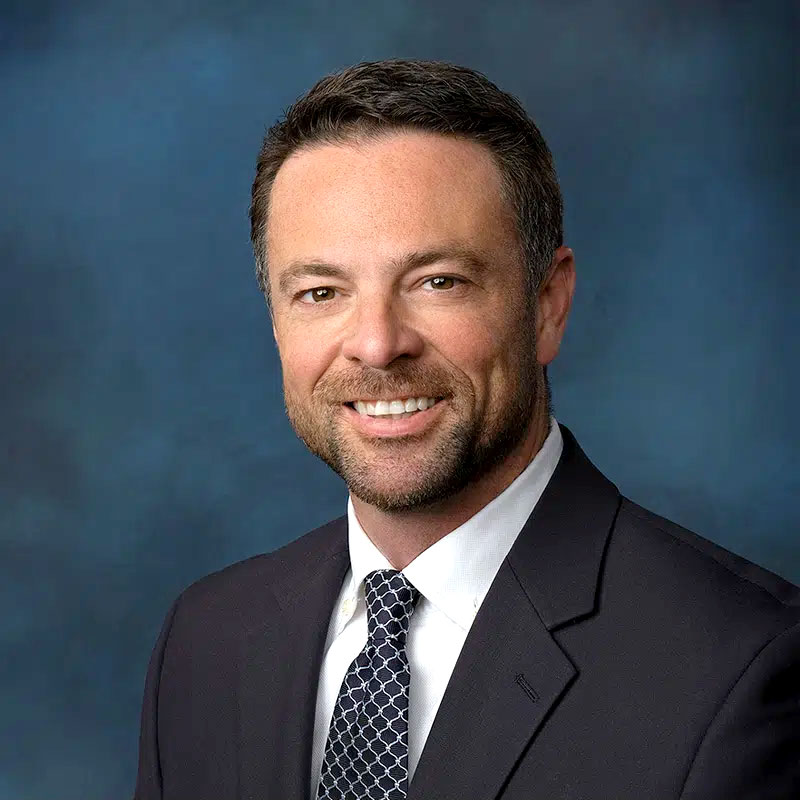
Regenerative Medicine Specialist
Thomas Nabity Jr., MD
Dr. Thomas Nabity works with frustrated patients suffering from pain who are motivated to find an alternative to drugs and surgery. Even if you think you have tried everything and have no option, Dr. Nabity is here to tell you that we can eliminate your pain and give you back the ability to do the things you love to do. He helps people in chronic pain who are looking to alternatives to drugs and surgery who want natural solutions to pain relief and long to be in control of their health once and for all. (Read Full Bio)
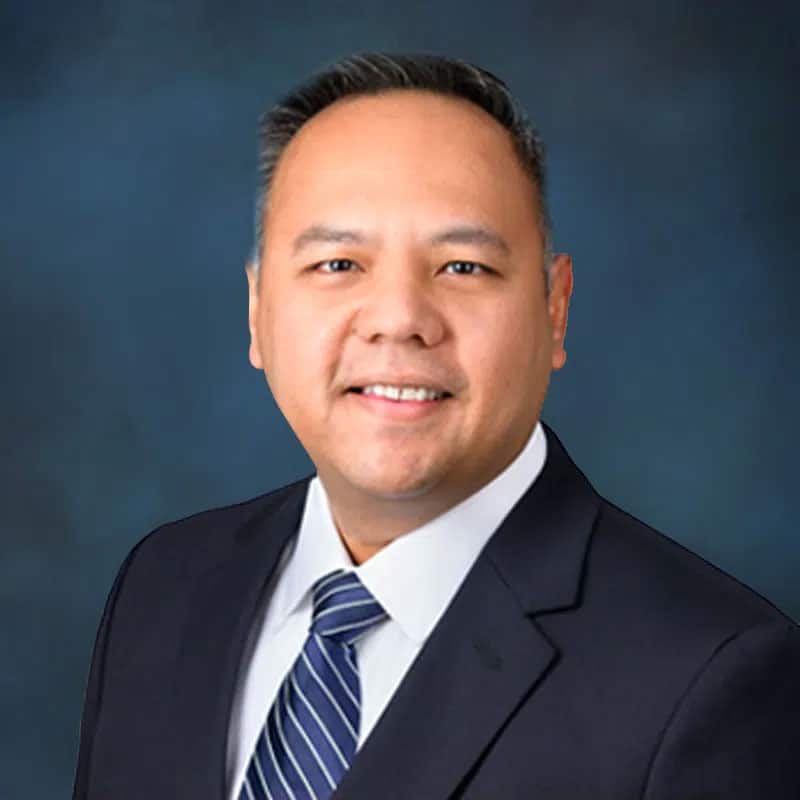
Regenerative Medicine Specialist
John Santa Ana, DO
Dr. Santa Ana is Board Certified in PM&R and Electrodiagnostic medicine. He is a physician specializing in Interventional Sports, Joints, and Spine treatments. Dr. John received his medical degree at the New York College of Osteopathic Medicine and his specialty training in PM&R at The Walter Reed Army Medical Center, Washington DC. He is a Veteran and was a physician in the US Army, treating our Nation’s heroes’ musculoskeletal conditions and getting them back in the fight. Dr. John is also experienced in EMG Testing with over 10 years of Electromyography (Read Full Bio)
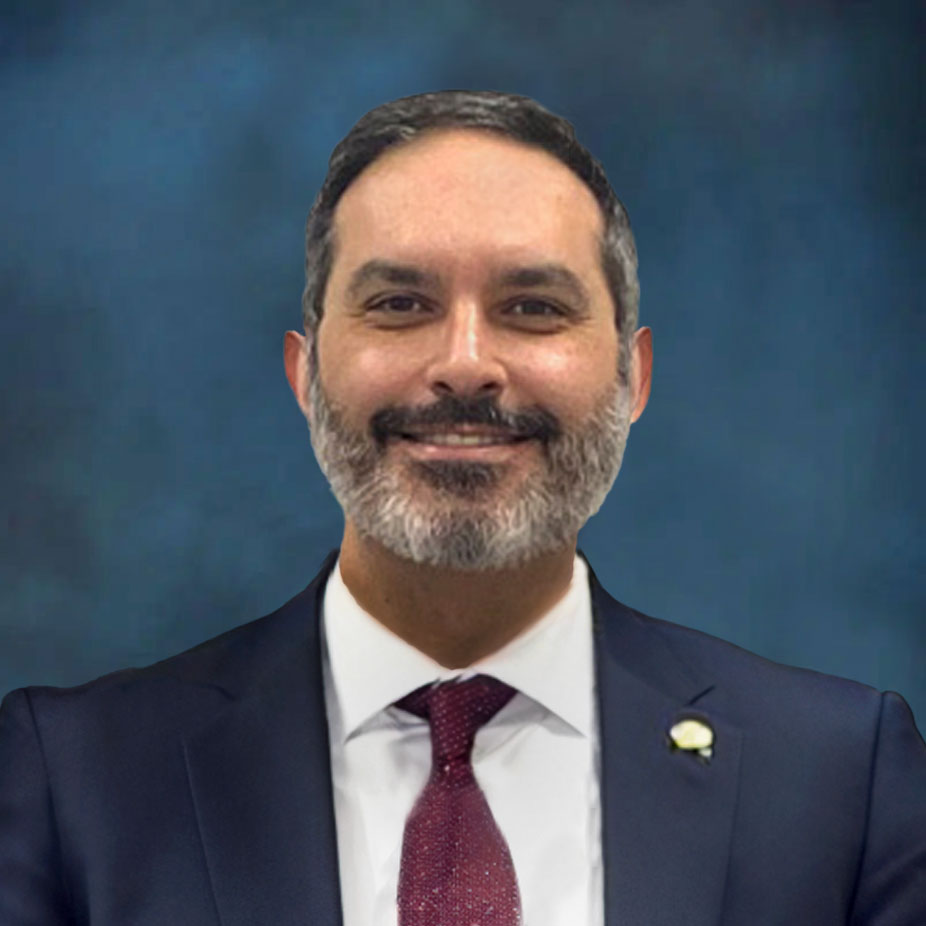
Regenerative Medicine Specialist
Robert Farhat, DO
Dr. Farhat is board certified in Physical Medicine and Rehabilitation, and Pain Medicine. Dr. Farhat has integrated Regenerative Medicine into the treatment of musculoskeletal conditions for the past several years, but has now joined Michigan Center for Regenerative Medicine in order to provide a comprehensive approach to non-surgical musculoskeletal conditions. He is considered an expert in non-surgical spine care, but treats all musculoskeletal conditions. (Read Full Bio)
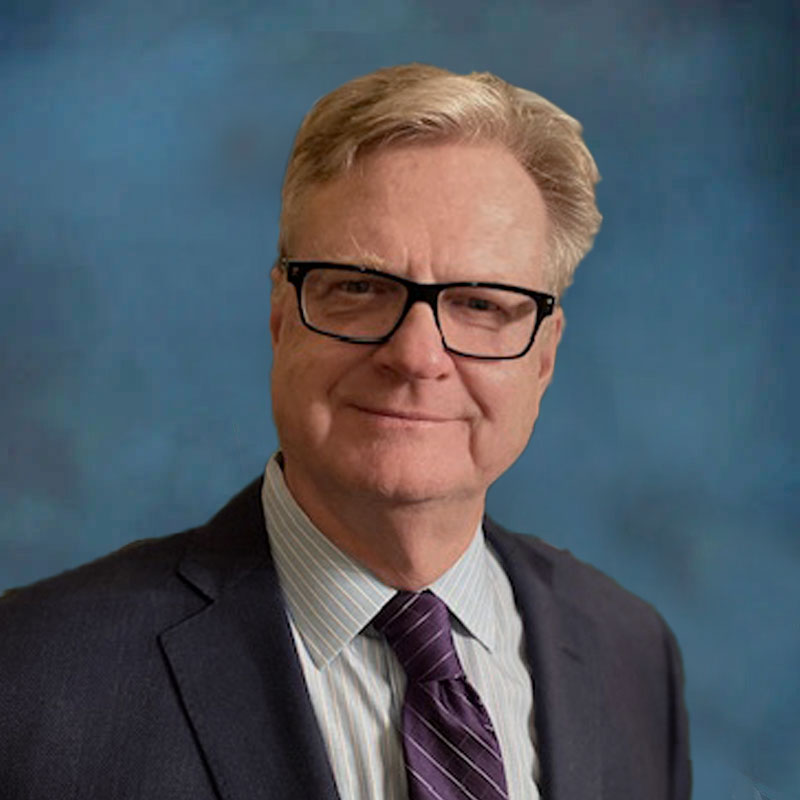
Regenerative Medicine Specialist
Curt Wimmer, MD
Dr. Wimmer has now joined Michigan Center for Regenerative Medicine in order to provide a comprehensive approach to non-surgical musculoskeletal conditions. He is considered an expert in interventional pain management with an extensive resume in the medical field. (Read Full Bio)
It is important to clarify what PRP therapy is, the current understanding of its mechanism of action, and evidence for its effectiveness in treating common sports injuries.
Platelet-rich plasma, also referred to as platelet-enriched plasma, platelet-rich concentrate, autologous platelet gel, and platelet releasate, is defined as a plasma fraction of autologous blood having platelet concentration above baseline, and prepared from blood drawn from the patient. Platelets are separated from other blood cells and then concentrated by centrifugation. The concentrated platelets are recombined with the remaining blood, and the platelet-rich blood is injected directly into the patient’s injured area. Despite its pervasive use, the clinical efficacy of PRP therapy and its precise mechanisms of action have yet to be clearly defined.
In addition to platelets, PRP contains a variety of growth factors, including transforming growth factor-β, platelet-derived growth factor, insulin-like growth factor-I, vascular endothelial growth factor, epidermal growth factor, and hepatocyte growth factor. Many of these growth factors have been shown to enhance one or more phases of bone and soft tissue healing. Basic research suggests that PRP exerts its effects through many downstream events secondary to the degranulation of platelets releasing growth factors and other bioactive agents into the local environment, resulting in chemotaxis of inflammatory cells and activation and proliferation of local progenitor cells. It is believed that PRP can augment or stimulate healing by turning on the same biological processes that normally occur to initiate healing after musculoskeletal injury.
PRP is obtained via a high volume blood draw. The average amount of blood drawn is 120cc, which is comparable to 1/5 of the amount for blood donation, so it’s a very safe amount to take. Your blood is then processed immediately using a centrifuge which separates the blood. The blood is then passed back through another machine called a cell counter which isolates to portion of your blood called the Platelet Rich Plasma (PRP).
The PRP is the portion of your blood responsible for stimulating growth and healing. You can think of the process of healing a cut to understand how PRP works. First, platelets stick together in order for your body to form a clot and stop the bleeding. Then the platelets send out special signals to tell your body to send stem cells to the area of damage. Lastly, the stem cells are told what to grow into by the platelets, and you grow new blood vessels and new skin and heal the cut. That’s essentially how PRP works to stimulate growth and healing of your chronic painful disorder as well. And it works!
The PRP is then placed in a syringe and is ready to be injected. All injections are done under either ultrasound or x-ray guidance. This assures that the intended structure is injected and treated accurately. It also limits the risk of complications by assuring that un-intended structures (such as blood vessels and nerves) are avoided.
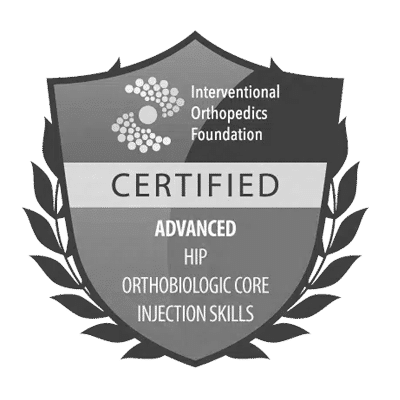
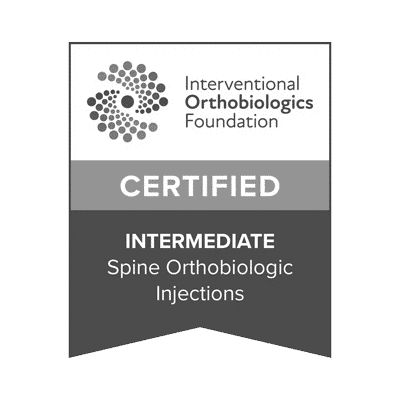
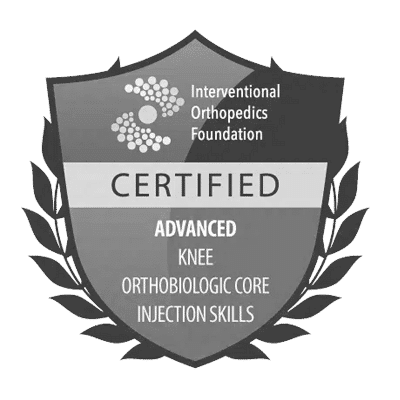
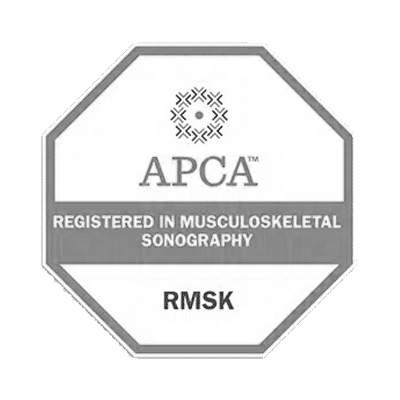
The normal healing process takes 6-8 weeks. Typically, you will experience increased pain for 3-5 days, then at about 2 weeks your pain will be better than it was before the procedure. The injected structures will have completed their healing process at around 8 weeks.
If the symptoms have improved but additional improvements are desired, the treatment may be repeated. Less than half a patients require retreatment. Typical more severe and longer lasting diseases will require a greater number of treatments.
Some personal factors may inhibit response to regenerative treatments. These include age, smoking, poor nutrition, diabetes, congestive heart failure, autoimmune diseases, and other immune suppression conditions. However, even if you have one of these conditions, it does not exclude you for potentially benefiting from the procedure.
The difference between PRP and Stem Cell, is that the PRP calls the stem cells to do their job and the
Stem Cell Procedure places a higher number of Stem Cells into the structure. The Stem Cell procedure is more potent and works better than PRP alone.
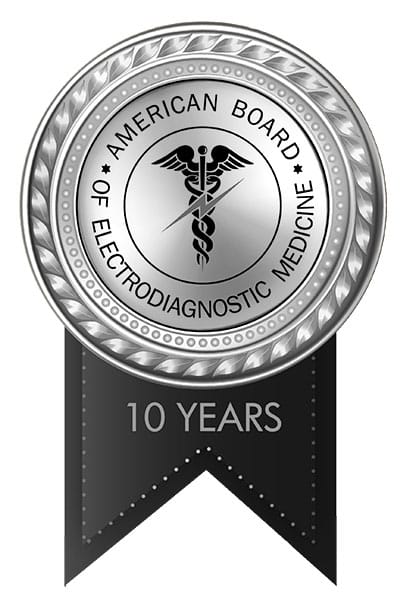
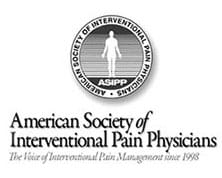
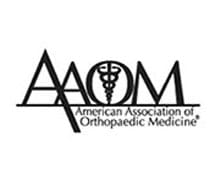
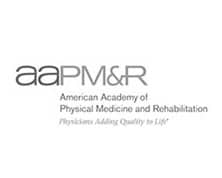
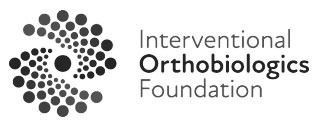
Take Advantage of New Advances in Medical Technology
Contact the Michigan Center for Regenerative Medicine Today and Schedule Your Office Visit
- Home Page
- About
- Contact
- Treatable Conditions
- Non-Surgical Treatment
- Using Your Body’s Stem Cells
- Thomas Nabity, MD
- Arthritis Repair
- FAQ
- Pain Relief
- Terminology
- Testimonials
- Blog
- Thank You
- Plasma Injections in Michigan
- Regenerative Medicine Michigan
- Stem Cell Treatments Michigan
- Sitemap
- Terms of Service
- Privacy Policy
- Stem Cell Therapy Michigan
- Prolotherapy Michigan
- Stem Cell Banking Michigan
- Stem Cell Banking
- Insurance Accepted
- Stem Cell Therapy for Knees Michigan
- PRP Treatment Michigan
- Hormone Replacement Therapy in Michigan
- Hormone Replacement Therapy near Ohio
- John Santa Ana, DO
- Stem Cell Storage Michigan
- Regenerative Medicine Ohio
- Stem Cell Banking Ohio
- PRP Injections Michigan
- Regenerative Medicine Windsor Canada
- Stem Cell Therapy Windsor Ontario
- PRP Injections Windsor Canada
- Stem Cell Therapy Windsor Canada
- Prolotherapy Knee Cartilage Regeneration in Michigan
- Media
- Knee Pain Doctor in Michigan
- Rotator Cuff Pain Doctor Michigan
- Physiatrist Michigan
- Physical Medicine Doctor in Michigan
- Shoulder Pain Doctor Michigan
- Back Pain Doctor in Michigan
- Services
- Webinar Registration
- Newsletters
- Videos 2020
- Podcasts
- Nerve Pain Stimulation
- Notice of Privacy Practices
- EMG Testing in Rochester, Michigan
- Out-of-Town Patients
- PRP Treatment for Hair Restoration in Michigan
- Resources
- Interventional Orthopedics in Michigan
- Interventional Orthopedics near West Bloomfield MI
- Robert Farhat, DO
- Curt Wimmer
- Shop
- Cart
- Checkout
- My account


